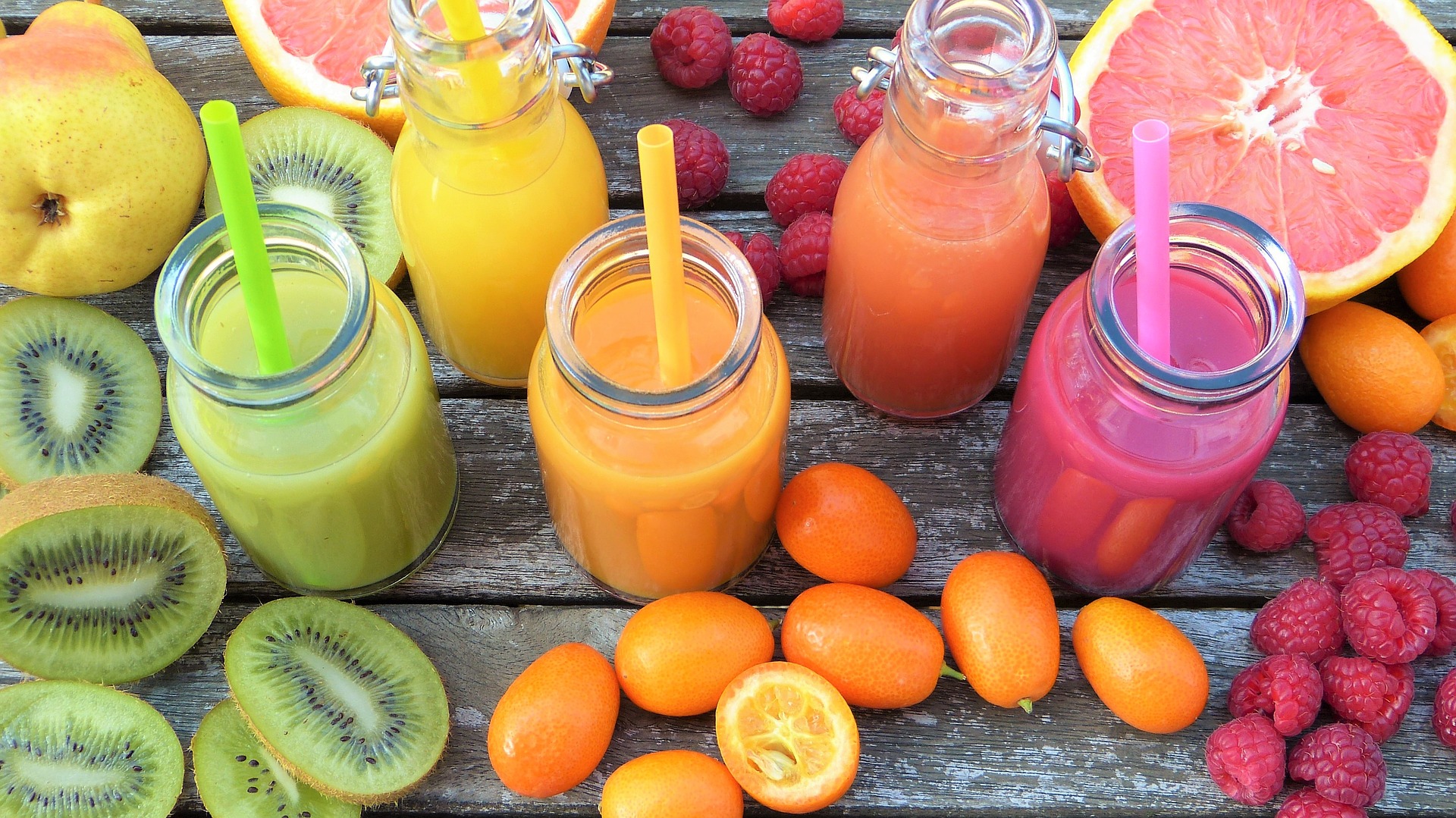This week, we continue the fasting series, with an oldie but goodie post from the past: How to Design Your Fast. Maybe you want to fast for a longer period that intermittent fasting requires, or want to consume fresh vegetable juice for a few days and have no idea where to start. This one is for you boo! Below’s a few steps that will help you plan a successful fast and stay safe during the process. -Xo Raw Girl
Find and fuel your inspiration. Whether it be for detoxification purposes, clarity, spiritual insight, to improve your health, or restore vitality, hone in on your personal reasons to begin fasting. If you are doing a much longer fast up to 7-10 days, you should be prepared with daily reading, quotes, or whatever works for you to keep you focused on your intention. If it’s a spiritual fast, or even if it is not, you may want to make time daily for prayer, meditation, or reflection in nature. When you allow your mind to fixate on your “why” you are more likely to forget that you haven’t eaten anything in hours.
Set the parameters. Decide on the duration of your fast. If you have never fasted before it’s recommended to start with a much shorter period from 24-72 hours maximum. Once you have decided on the length of time, choose your method: are you fasting on vegetable juices, broths, or water? Or perhaps you prefer a partial fast, which could consist of fasting on blended foods, raw foods, or abstaining from specific food groups like the Daniel Fast which removes meat, carbohydrates, and sugar. The simplest definition of fasting, is a commitment to abstain from something. For more marked detoxification results choosing a liquid only fast will give the digestive system more of a break. Water fasting for longer periods (more than three days) should be done under the direct supervision of a medical professional. Make sure whatever method you use that you also consume large amounts of water during your fasting period. There is no set rule to how much liquid you consume a day if you are drinking vegetable juices, broths, or teas. Make sure you have enough on hand to get your fill. Some days you may need more liquid than others. Go with the flow and listen to your body throughout.
Relax your schedule and plan ahead. To prepare for your fast, make sure you’ve got enough groceries and recipes for vegetable juices or whatever method of fast you chose. Even with die-hard commitment if you are fasting and don’t have enough of your preferred fasting food sources, you may leave yourself vulnerable to eating other foods that happen to be in your kitchen, and end up breaking your fast the wrong way. Your fridge should be stocked with more than enough of your preferred fasting liquid or food sources to survive your cravings. During this time respect the process and try to relax your work and activity schedule as much as possible. It’s possible to exercise while fasting, but for beginners and even veteran fasters, it may be ideal to opt for much gentler workouts during your fasting period that encourage detoxification and elimination such as gentle yoga.
Consider some sort of colon cleansing for the duration of the fast. Fasting accelerates the bodies process of eliminating toxins, and if you do not support this process you could end up feeling sick, dizzy, or fatigued during your fast. To avoid this, you can drink at least half of your body weight in fluid ounces of water daily, incorporate enemas or colonics (supervised by a professional), or include a daily dose of magnesium citrate to ensure proper bowel elimination. Enemas or colonic hydration should be cleared by a medical professional, especially if you have any colon issues or gastrointestinal disease.
Slowly break the fast. So you made it to the end of your fast, and you are salivating because you want to bite something! Slow down. Make sure that you spend at least half of the time you fasted coming down off the fast. So for a three day fast, you would take at least a day and a half coming down off the fast. Introduce solids very slowly. Homemade broths, fruit juices, raw fruit, leafy greens, or lightly steamed vegetables can be great foods to transition back into the world of solid foods. Avoid canned broths or soups due to their high sodium content. Eating extremely dense or processed foods, could throw your digestive system into shock so start with lighter foods. Avoid oily deep-fried foods, rich foods with fats, starch, processed sugar, and salt which can cause nausea or headaches if eaten too soon. If you were on a partial fast such as a vegan or raw food fast that included solid foods, you can transition back much quicker.
References:
Koch SM, Uludağ O, El Naggar K, van Gemert WG, Baeten CG. Colonic irrigation for defecation disorders after dynamic graciloplasty. Int J Colorectal Dis. 2008 Feb;23(2):195-200. Epub 2007 Sep 21. PubMed PMID: 17896111; PubMed Central PMCID: PMC2134973.
Vollebregt PF, Elfrink AK, Meijerink WJ, Felt-Bersma RJ. Results of long-term retrograde rectal cleansing in patients with constipation or fecal incontinence. Tech Coloproctol. 2016 Sep;20(9):633-9. doi: 10.1007/s10151-016-1502-y. Epub 2016
Jul 5. PubMed PMID: 27380257.






